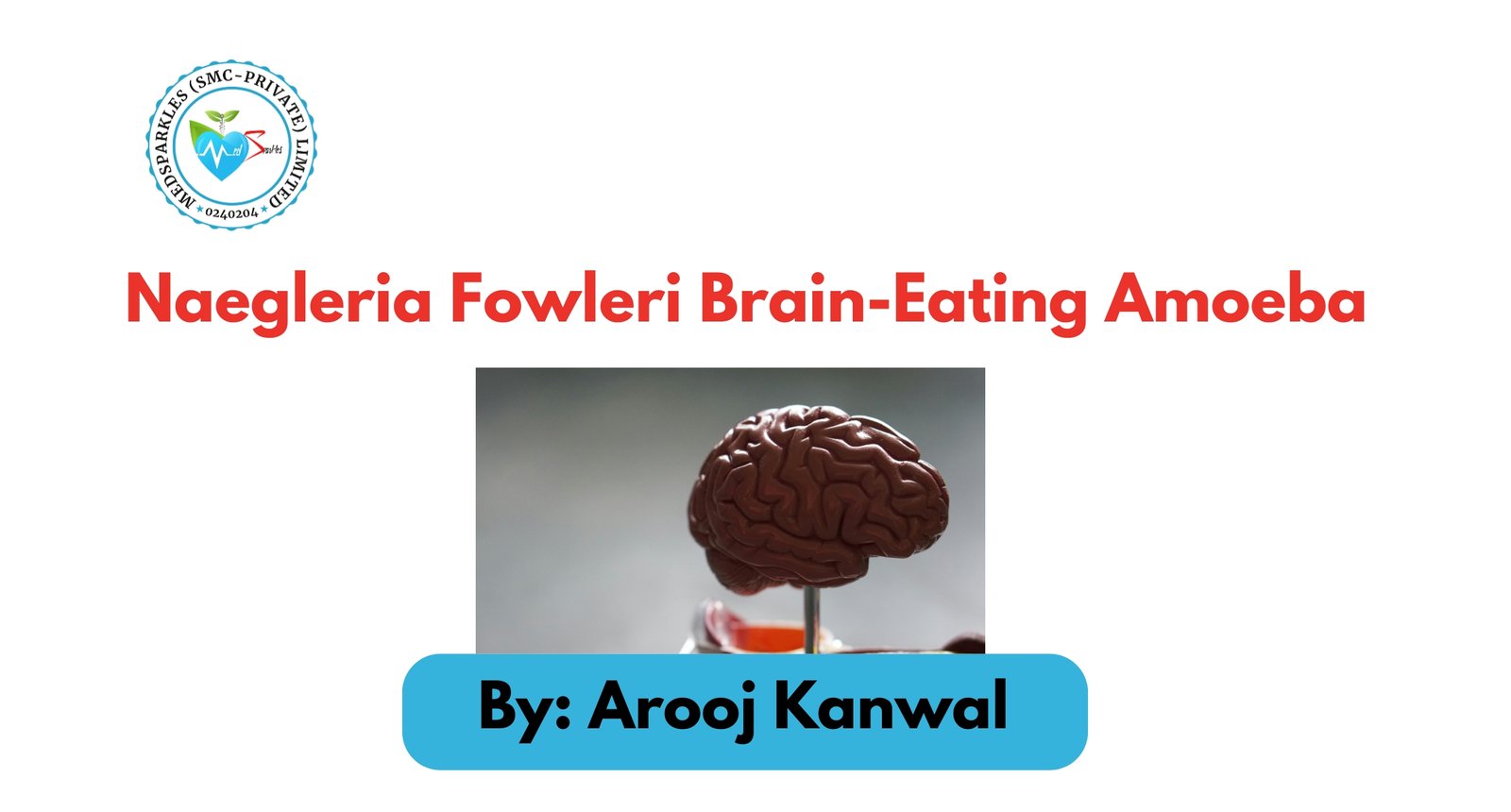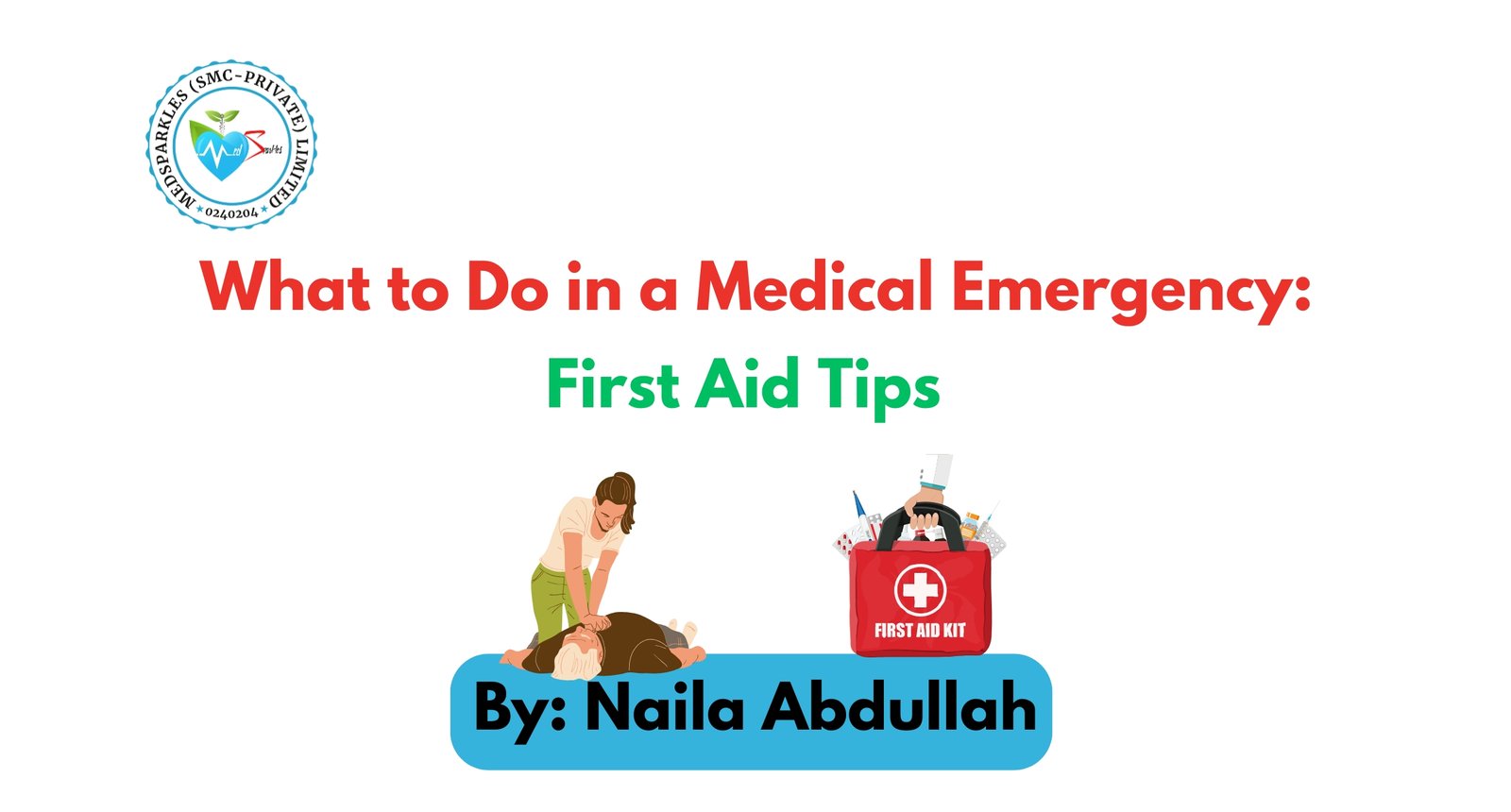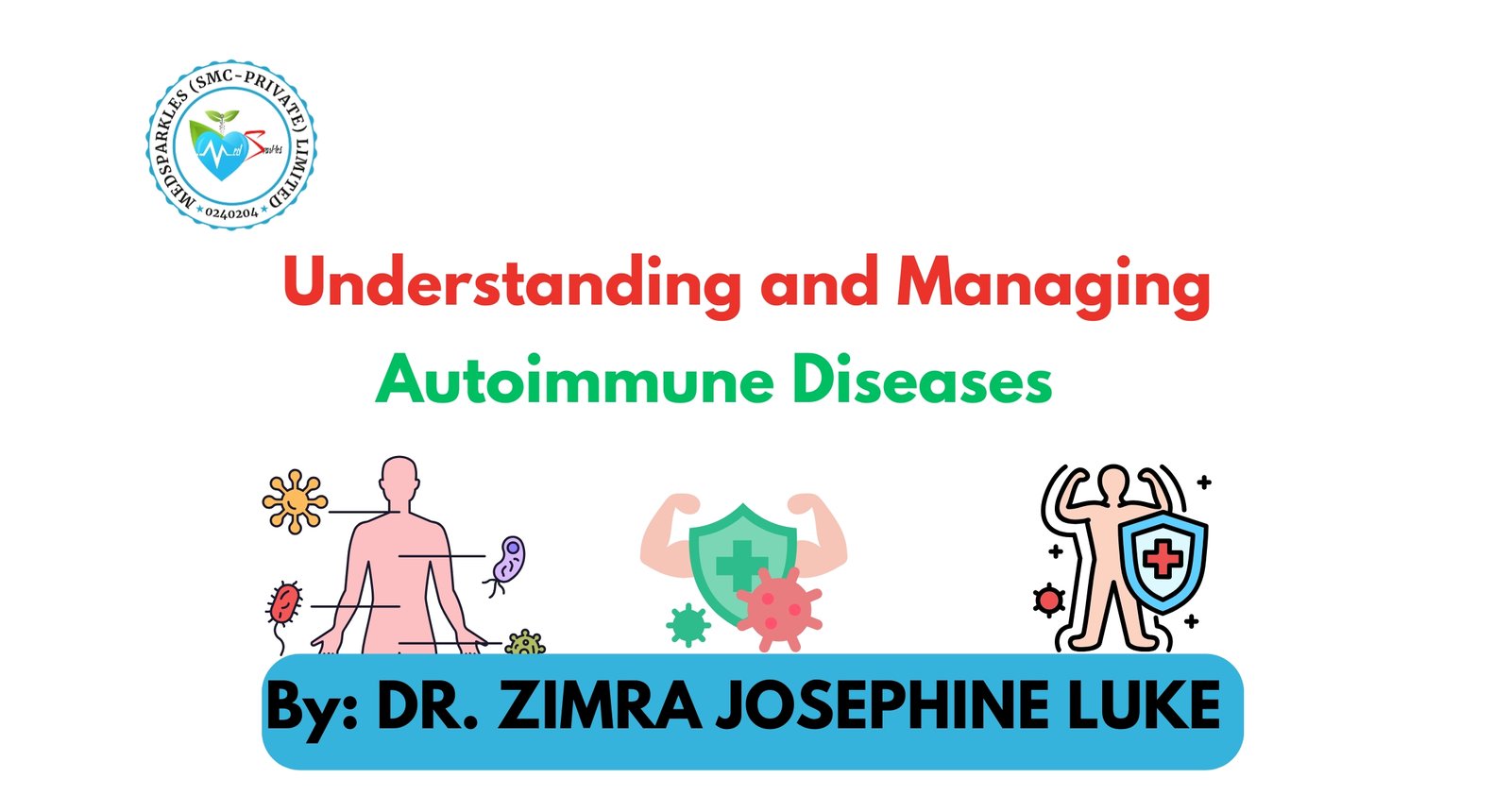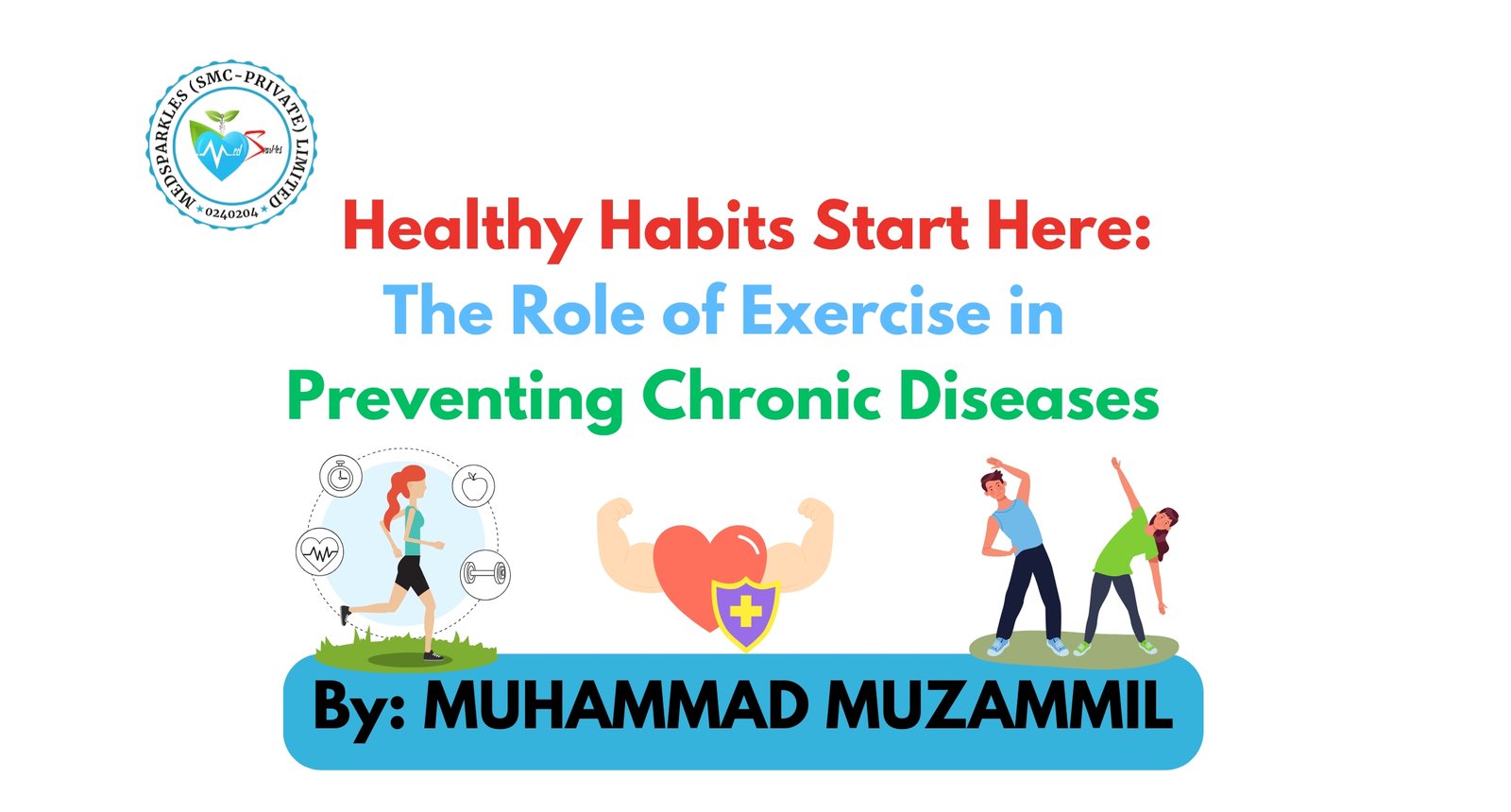Naegleria Fowleri is an amoeba that eats brain- it means it affects the brain badly and causes a serious nervous system infection. Its habitat is mainly freshwater ponds, lakes, swimming pools, warm water, and soil. It reaches the nervous system through the nose. Once entered through the nose, it moves towards the brain and causes primary amoebic meningoencephalitis PAM, a rare yet very fatal disease. Thus, it can enter your body while you are enjoying swimming in a pool that is not chlorinated. Yeah, small mistake-big price to pay.

Signs and Symptoms associated with Naegleria:
Some of the symptoms mainly appear right after a few days of nasal ingestion of contaminated water are as follow:
- Fever
- flu
- Headache
- Vomiting
- Stiff neck
- Coma
- Unconsciousness
- Changed mental status
Symptoms appear as early as two weeks of infection, and the risk of death is also highest in these 14 days. Symptoms of primary amoebic meningoencephalitis are similar to meningitis, which makes it difficult to diagnose. Early diagnosis of the disease right after symptoms is necessary for the survival of the patient. Naegleria Fowleri infection causes death as soon as symptoms appear, thus its early diagnosis is crucial.
Diagnosis
As this amoeba hooks into the brain and loves to eat the brain. It is diagnosed from cerebrospinal fluid.
It can be diagnosed through;
- Polymerase chain reaction test
- Immunohistochemistry technique.
- Spinal fluid examination. Spinal fluid can be taken from the spinal cord through the lumbar puncture technique to test cerebrospinal fluid.
- Brain tissue biopsy to detect the presence of amoeba.
Treatment:
As it is a very rare infection. However, the infected ones are usually unable to survive. Mostly, patients die before even screening for amoeba. However, there is no specifically approved or particular treatment for Naegleria, but there are many other treatment options which can be effective and beneficial, according to previous studies, which involve a combination of antifungal and antimicrobial agents which includes;
- Amphotericin
- Fluconazole
- Azithromycin
- Dexamethasone
- Miltefosine
However, Miltefosine, a drug approved for the treatment of leishmaniasis, has also shown good results for primary amoebic encephalitis PAM according to the previous reports, but it has toxic effects on the kidneys. Although new treatments are under study.
Who is at high risk for infection with the brain-eating amoeba?
Although it is a very rare disease. It usually affects some people in North America who use contaminated water for nasal irrigation. While in some past years, cases were also reported from Karachi. Use of non-chlorinated water is the best possible cause of it. The people who are in direct contact with contaminated water are at high risk. Though this disease does not spread from person to person, and swallowing contaminated water also causes no harm.
How to prevent yourself from brain-eating Amoeba?
Small, easy precautions can save one’s life from this deadly disease.
- Do not swim in fresh warm water until you know it is not contaminated with Naegleria fowleri.
- Do not use tap water for nose irrigation until you are sure it is not contaminated. If you have to use water for nasal irrigation, boil it.
- Properly chlorinate the swimming pool water before swimming.
- Do not wait to see a hospital for diagnosis and treatment if symptoms like fever, stiff neck, or flu develop after drinking tap water or swimming.
In which countries is this disease more common?
It is more common in the United States of America, Pakistan, and India. The main reason is the summer season, which allows the growth of this amoeba and the easy availability of contaminated water.
Conclusion
Naegleria fowleri is an amoeba found in fresh warm water. It does not harm if it enters the gut, but it can kill a human in days if it manages to reach the brain through the nasal pathway. It is a very rare disease, but it also rarely spares one’s life once it enters the brain. Death usually occurs before even diagnosis. Thus, using water after boiling and avoiding swimming in non-chlorinated water can prevent this deadly disease. If one gets infected, seek immediate medical assistance for survival.
‘‘Assume Naegleria is present in all warm freshwater, so take precautions to stay safe’’
Frequently Asked Questions
- Is Naegleria a bacterium?
It is a single-celled amoeba (a type of one-celled organism) that lives in warm, freshwater bodies.
- How Does Infection Occur?
By swimming in warm freshwater, such as lakes or rivers or by using contaminated tap water.
- How Common and Fatal Is It?
Naegleria fowleri infections are extremely rare but nearly always fatal. Mostly, patients die before even screening for amoeba







